
Bongeunsa and six other Buddhist temples in Seoul offer exquisite temple experience for foreigners and people tired of city life
The following is the second in a 10-part series on Templestays and temple food, which give the public insight into the 1,700-year-old cultural history of Korean Buddhism. ― Ed.
It is not easy to find a place to rest one’s mind and body in the bustle of busy urban life. Many dream of taking a short trip outside of the city but the heavy traffic that starts early Saturday mornings, skyrocketing oil prices and popular places packed with people cause even more of a headache.
When you want to escape from the stressful city life but have a limited budget, try spending a few hours at beautiful temples surrounded by nature right here in Seoul ― a perfect getaway from the world of endless hustle and bustle.
Bongeunsa, located in Samseong-dong, offers a Temple Life, a day program offering people a chance to heal their wounded souls and experience the exquisite Buddhist culture in a short period of time.
The following is the second in a 10-part series on Templestays and temple food, which give the public insight into the 1,700-year-old cultural history of Korean Buddhism. ― Ed.
It is not easy to find a place to rest one’s mind and body in the bustle of busy urban life. Many dream of taking a short trip outside of the city but the heavy traffic that starts early Saturday mornings, skyrocketing oil prices and popular places packed with people cause even more of a headache.
When you want to escape from the stressful city life but have a limited budget, try spending a few hours at beautiful temples surrounded by nature right here in Seoul ― a perfect getaway from the world of endless hustle and bustle.
Bongeunsa, located in Samseong-dong, offers a Temple Life, a day program offering people a chance to heal their wounded souls and experience the exquisite Buddhist culture in a short period of time.

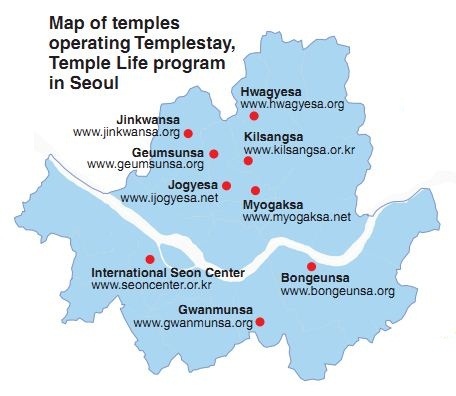
Unlike other Templestay programs which require a stay of two days or longer, Temple Life provides the essence of Buddhist values and culture through three signature programs ― tea ceremony, lotus lantern making and meditation.
The Temple Life program is also gaining popularity with foreign tourists who are on busy schedules in Seoul but want to experience traditional Korean culture as well as Buddhist culture.
“The Temple Life program is one of tourists’ favorite programs. There are some who are reluctant to be here thinking the program will be boring. But at the end of the program, most of the tourists are satisfied with the program content and they have so many questions for the seunim (monk), asking how he became a monk or if he is allowed to get married,” said Andrey Vasilyev, a Russian tour guide who has been bringing Russian tourists to Bongeunsa for four years.
“I think this is better than just taking a city ride to Insa-dong, for instance, because this offers a deeper understanding of Korea’s traditional culture and Buddhist culture, in a very short period of time,” he said.
Awed by the centuries-old temple decorated with thousands of colorful lanterns, Vasilyev’s Russian tourists on a recent visit suddenly fell silent.
“I’m so impressed to see such a beautiful and old temple in the heart of this modern city,” said Natalia Lebedeva from Vladivostok.
After the short tour, the Russian group was taken to the Meditation Center located at the Bongeunsa complex. Volunteers were waiting for the group at the center’s tea room and soon demonstrated how to make tea and how to drink tea with a sincere heart. Two types of tea ― a green tea variety called Woojeon, and tea made of Siberian chrysanthemum ― were served along with dried lotus root and potato.
“First enjoy the color, take in the scent, take a sip and hold it in your mouth to enjoy the taste,” said a Korean volunteer at the tea room.
“I was able to recover my spiritual strength through the tea ceremony. I am a Buddhist believer in Russia and found some differences in culture and practices between Korean and Russian Buddhism. It was interesting,” said Oyun Stanislav, 23, from the Tuva Republic, near Mongolia.
Not only the Russian group, foreign visitors from all over the world ― even from Africa and Latin America ― have visited Bongeunsa and participated in the program.
“Bongeunsa is visited by more than 5,000 foreign tourists from all around the world every year. We will develop more cultural content to meet the growing demand,” said Daniella Han, assistant manager of the Templestay team at Bongeunsa.
Bongeunsa, the biggest Buddhist temple in Seoul, is located in right next to COEX. The temple was originally built about 1,200 years ago by Ven. Yeonhoe during the reign of King Wonseong. In the Joseon era, the temple became the head temple of the Seon sect and developed Korean Buddhism despite facing political oppression by Confucian rulers and officials. Bongeunsa today serves as the center of Buddhist practice, meditation and other cultural Buddhist cultural activities like Temple Life or Templestay.
It also has cultural and historical possessions such as the Bongeunsa Incense Burner designated as National Treasure No. 321 and hanging board of Panjeon written by legendary calligrapher Chusa Kim Jeong-hee. The hanging board is the last known work of Kim, whose penname is Chusa, and was designated as tangible cultural property of Seoul, Han said.
Every Thursday at 2 p.m., the temple opens up the Temple Life program exclusively for foreign visitors. On-site registration is required at the Foreigners’ Information Center for those who wish to participate in the program.
Bongeunsa also offers a two-day Templestay program every fourth weekend of the month. The program begins at 2 p.m. on the first day and ends at 9:30 a.m. the next day.
Reservations should be made three weeks in advance. For reservations, call (02) 3218-4895 for English language service or send an application to bongeunsa@templestay.com. The Temple Life program charges 20,000 won for adults and 10,000 won for students under 18 while a Templestay in Bongeunsa costs 70,000 won per person.
Six other temples in Seoul offer Temple Life and Templestay programs.
Additionally, International Seon Center offers a Saturday Meditation and Dharma Talk program in English every Saturday. Participants can ask questions to the seunim and can also share their practicing experience with others in a group setting. For more information, visit www.seoncenter.or.kr.
Myogaksa also offers a Temple Life program but on a non-regular basis. For more information, call (02) 763-3345 or visit www.myogaksa.kr.
By Cho Chung-un (christory@heraldcorp.com)
-
Articles by Korea Herald






![[Grace Kao] Hybe vs. Ador: Inspiration, imitation and plagiarism](http://res.heraldm.com/phpwas/restmb_idxmake.php?idx=644&simg=/content/image/2024/04/28/20240428050220_0.jpg&u=)
![[Herald Interview] Mom’s Touch seeks to replicate success in Japan](http://res.heraldm.com/phpwas/restmb_idxmake.php?idx=644&simg=/content/image/2024/04/29/20240429050568_0.jpg&u=)

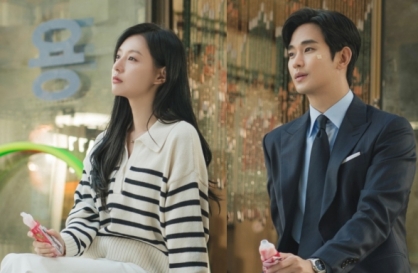
![[News Focus] Lee tells Yoon that he has governed without political dialogue](http://res.heraldm.com/phpwas/restmb_idxmake.php?idx=644&simg=/content/image/2024/04/29/20240429050696_0.jpg&u=20240429210658)
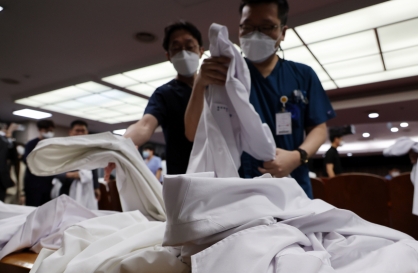




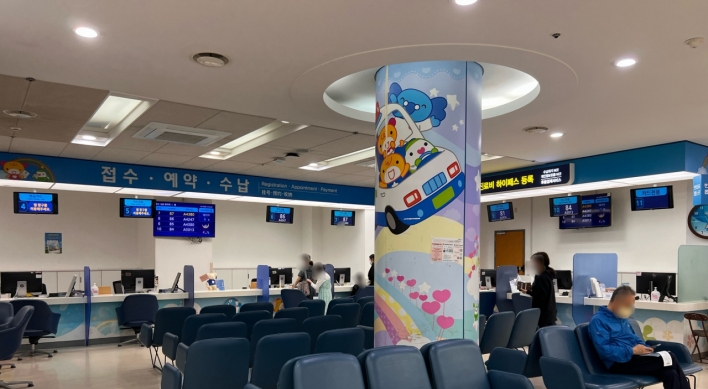
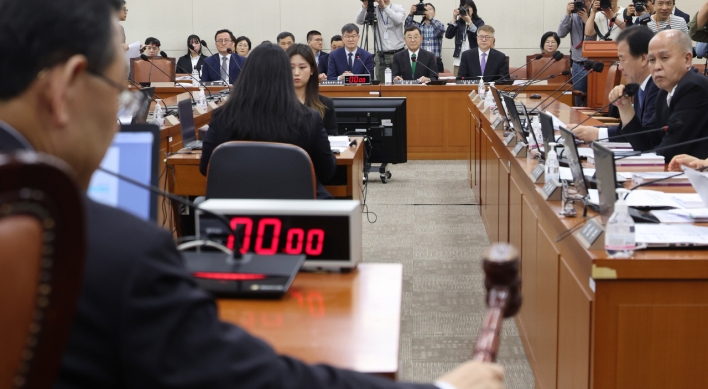


![[Today’s K-pop] Seventeen sets sales record with best-of album](http://res.heraldm.com/phpwas/restmb_idxmake.php?idx=642&simg=/content/image/2024/04/30/20240430050818_0.jpg&u=)